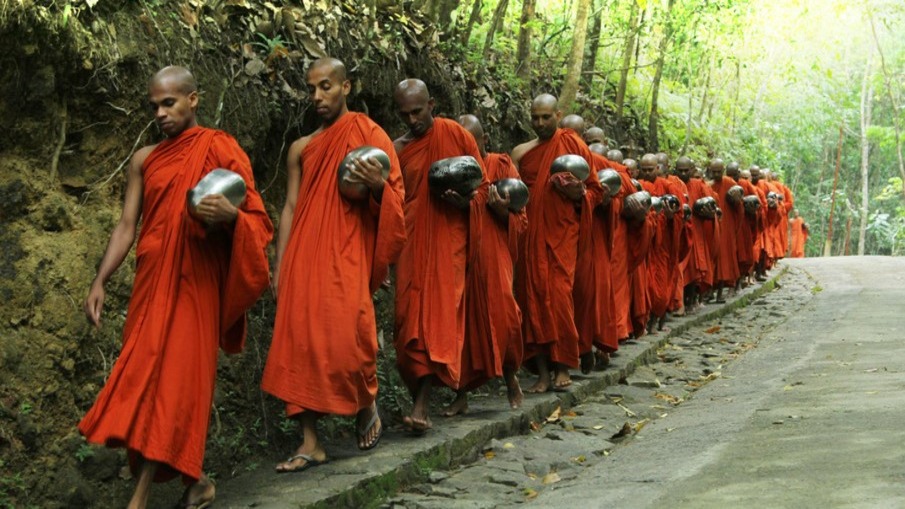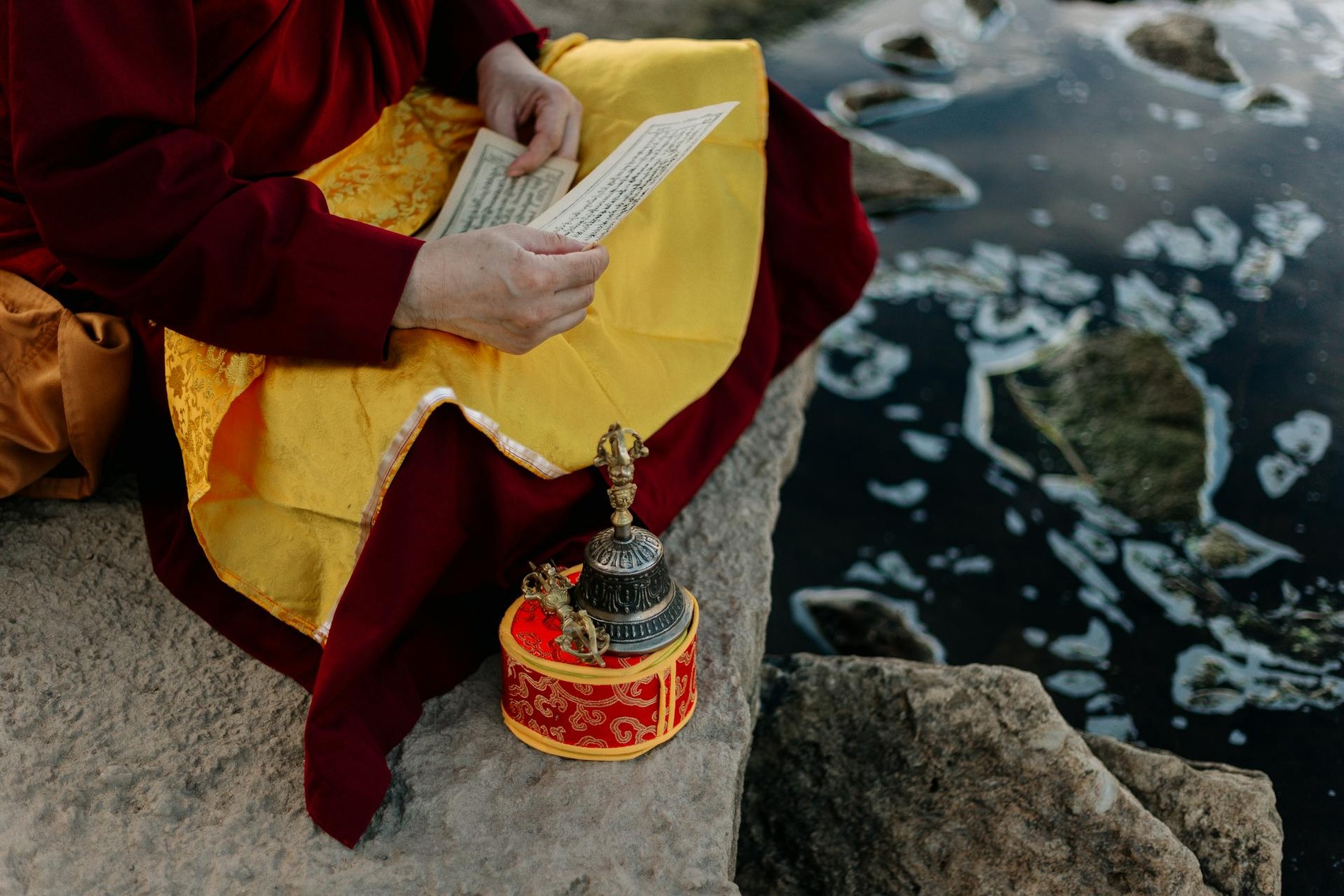
At Uruvela
After leaving his kingdom of Kapilavastu, Prince Siddhartha Gautama wandered around present day Bihar for four years seeking answers to his spiritual quest. Finally he arrived at a place called Uruvela near the town of Gaya in present day Bihar. He was thirty three years old when he began his final striving for enlightenment. Today Uruvela is called Bodh Gaya and it is the most sacred of all the pilgrimage destinations of the Buddhists on a pilgrimage to worship the sacred memory of Gautama Buddha.
Uruvela was a tiny village in the kingdom of Magadha with the Nairanjana River flowing past it. Earlier Siddhartha Gautama had tried a difficult form of penance by starving himself and he nearly died. He had finally realised that this was not the way to enlightenment and accepted a bowl of rice and milk from a farmer’s daughter called Sujata. Seeing this, his five companions had thought he had failed and had abandoned him.
Siddhartha was now alone but he was not disheartened, he knew he was on the right path. He had a purifying bath in the river by the Prabodhi Hill and then begged for a sheaf of soft kusha grass from a grass-cutter. He laid the grass under a peepal tree (ficus religiosa)that stood by the river and in serene determination began his final meditation. He sat facing the rising sun, under the gentle shade of the tree and opened his mind to deep thought. He had decided that he was not going to leave this seat until he had solved, what he called, “the riddle of suffering”.
Later Buddhist thought says that when a spiritual seeker is on the journey to the Great Awakening of enlightenment they become a bodhisattva. At this point Siddhartha was a bodhisattva and later many other bodhisattvas like Maitreya and Padmapani would be included in the Buddhist pantheon.
For forty nine days as Siddhartha sank into the deepest meditation, his mind was often troubled by doubts and temptations. Later he called these human weaknesses Mara and he said that Mara offered him all the pleasures of the earth if Siddhartha would stop his quest and he refused. Later Mara became the Buddhist symbol of evil, temptation and death.
In the beginning during meditation Siddhartha sat cross legged, his hands resting on his lap but now he placed his right hand on his knee with the fingers touching the ground asking the earth to bear witness to his journey towards enlightenment. This is called the bhumi sparsa mudra and it symbolises the sacred pilgrimage of Bodh Gaya, the site of his enlightenment.
Find Your Perfect Read
Explore More
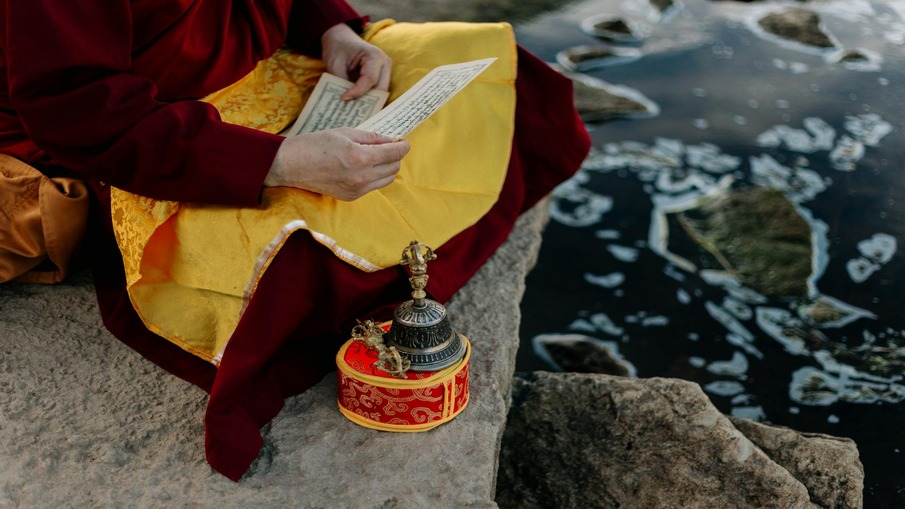
At Uruvela
After leaving his kingdom of Kapilavastu, Prince Siddhartha Gautama wandered around present day Bihar....
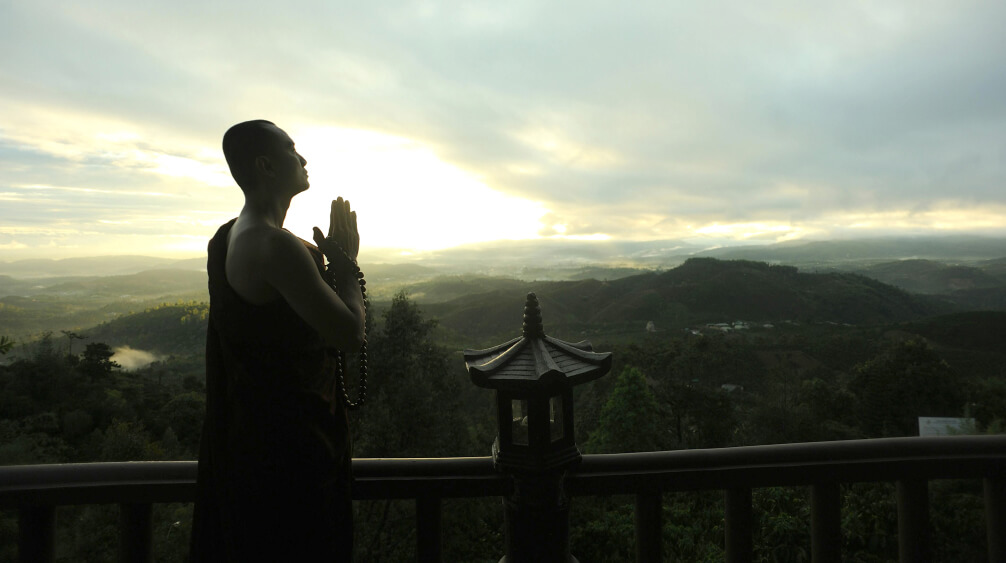
Final Enlightenment
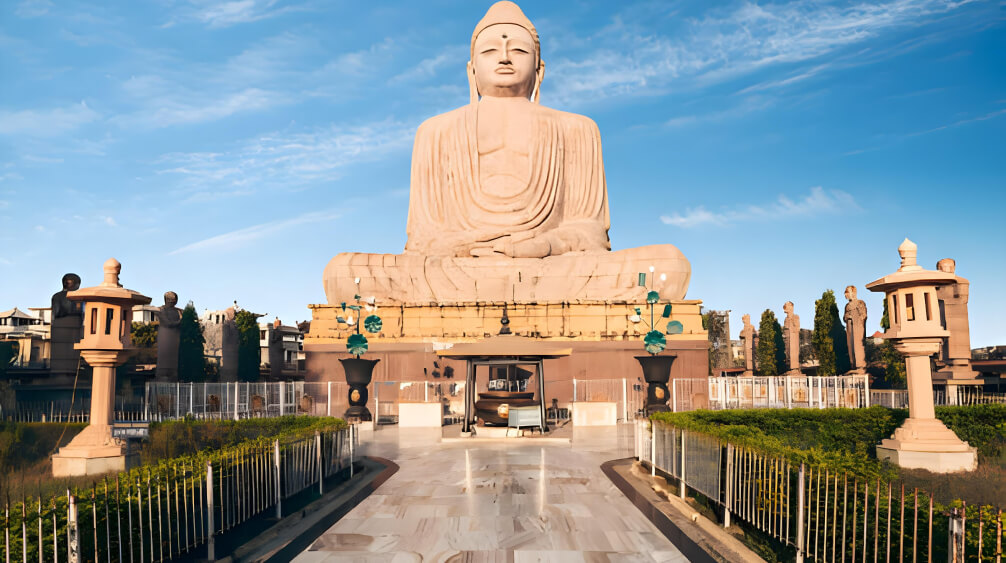
Bodh Gaya- After Parinirvana of Buddha
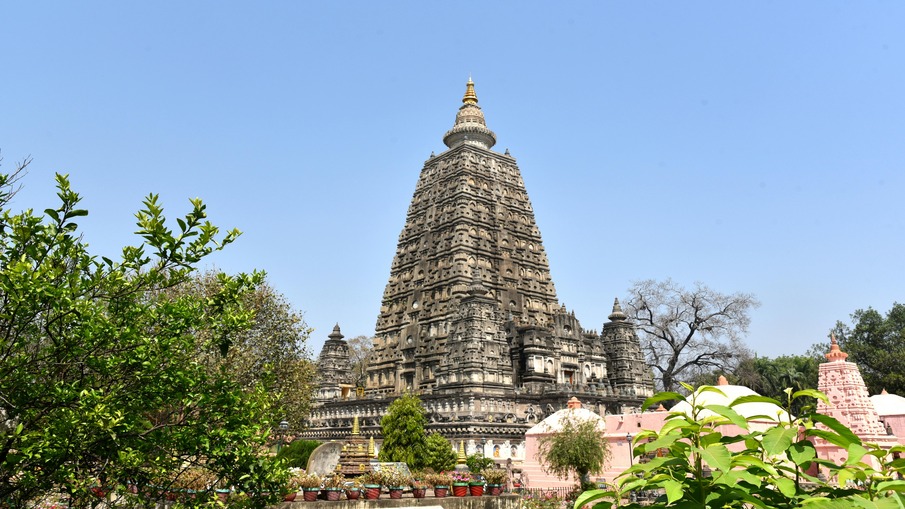
The Mahabodhi Mahavihara
This temple symbolises the far reaching power of Buddhism. The temple is 52 metres high and built...
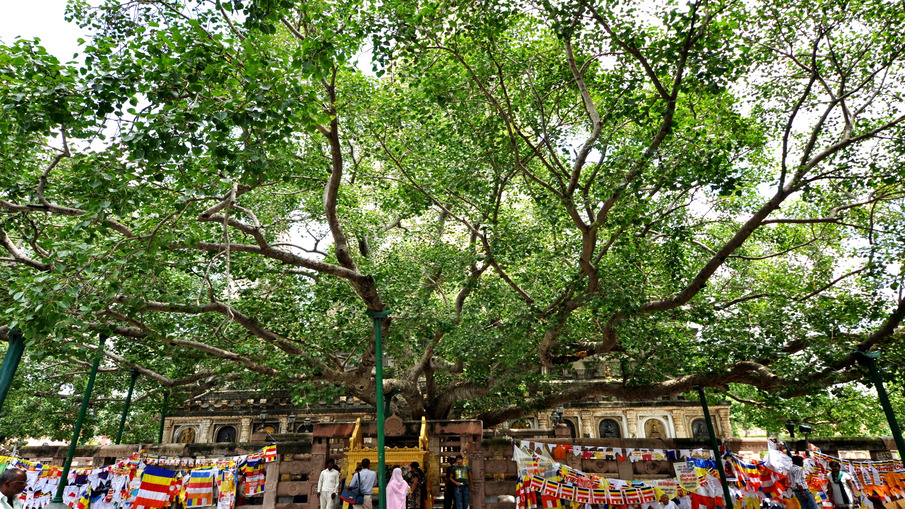
The Bodhi Tree
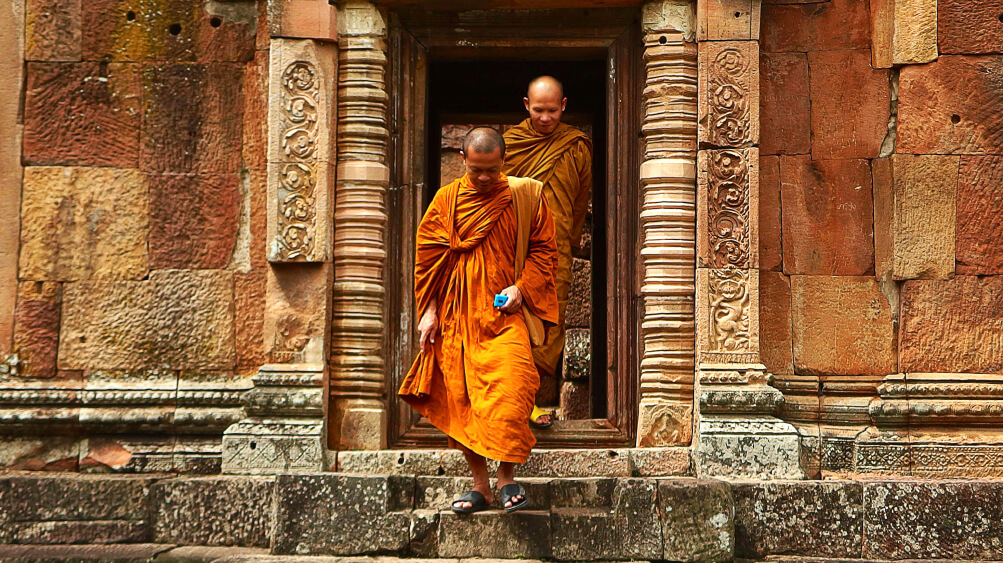
Monasteries
The people of India forgot the Buddha but he was worshipped n the countries where Buddhism ...
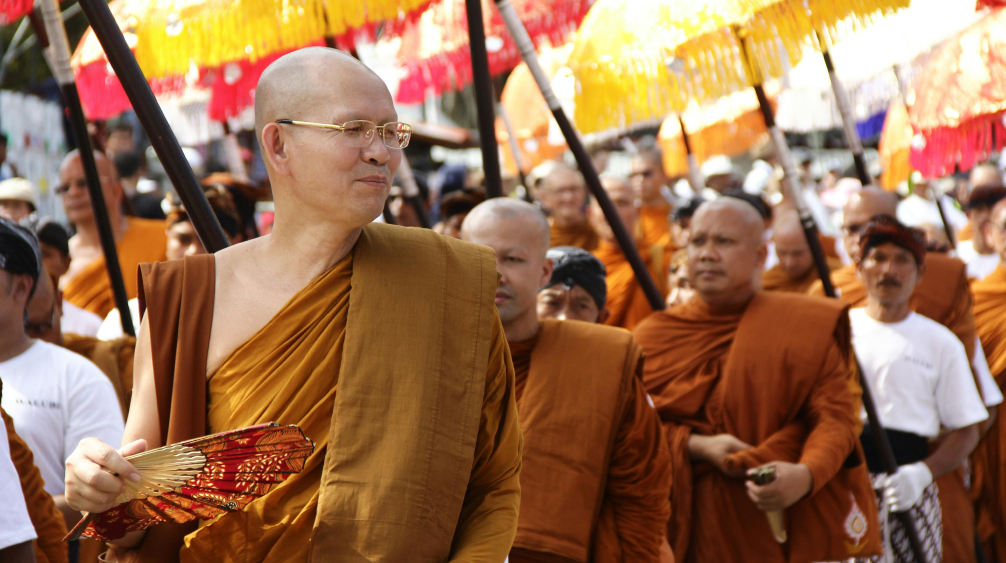
Festivals In Bodh Gaya
The day of Buddha Purnima is said to be thrice blessed. It is the day when Prince Siddhartha Gautama was born.
